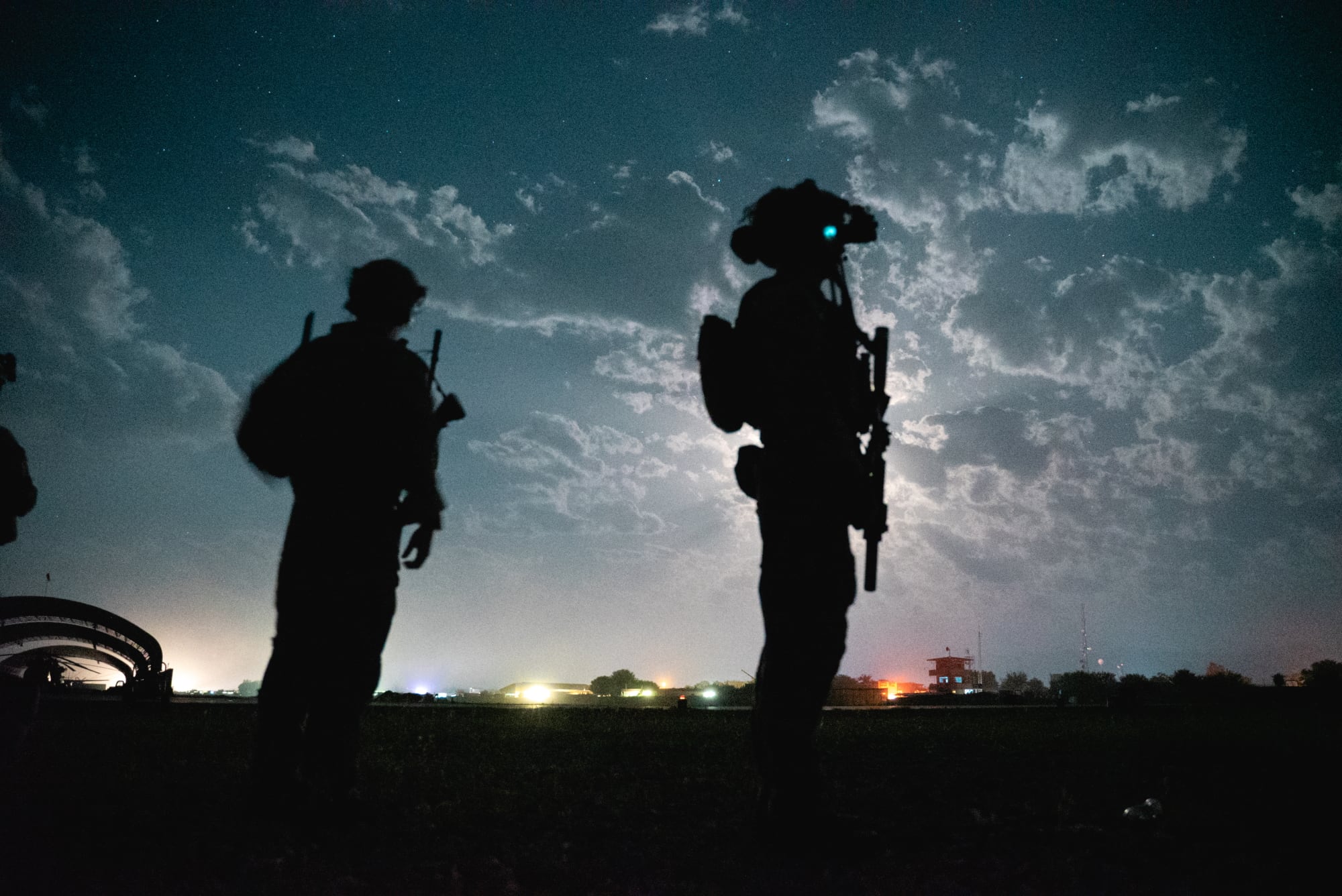WASHINGTON ― The top U.S. commander in the Mideast told lawmakers Tuesday some troops exiting Afghanistan will stay in the region for counter-terror operations and suggested that some could be a “lever” against Russia and China.
When asked how the thousands of troops and billions of dollars dedicated to the fight would be reallocated, Gen. Kenneth “Frank” McKenzie, the head of U.S. Central Command, said some of those forces could be part of “off-shore” and “over-the-horizon” missions into Afghanistan.
CENTCOM’s detailed planning is due to Defense Secretary Lloyd Austin by May, he said.
“As our forces come out and we’re ready to re-posture, we have to look at what we define as the pacing threats for the department, and I think we looked at China, we looked at Russia, and we have to look at those areas,” McKenzie told the House Armed Services Committee.
“Broadly, I think it’s going to be a significant lever for the [Defense] Department to apply against the most significant challenges that we face today.”
The comments come as President Joe Biden has proposed a fiscal 2022 defense budget that’s roughly flat, which has sparked a partisan fight in Congress over defense spending and fueled questions of how he will fund new defense priorities. Biden announced last week that the U.S. withdrawal would start May 1.
RELATED

Though there’s a range of estimates, HASC Chairman Adam Smith, D-Wash., said there were 3,500 U.S. troops in Afghanistan and that the U.S. presence cost $14 billion last year. A separate analysis from defense consultant Jim McAleese instead sees $21 billion dedicated to “direct-combat-requirements,” in various accounts that could, after the U.S. pullout, be used for “under-resourced missions.”
In an exchange with House Seapower Subcommittee Chairman Joe Courtney, D-Conn., on Tuesday, McKenzie said the force posture for counter-terror missions in Afghanistan was yet to be determined, but he said hunting targets would require “heavy intelligence support.”
How to hit those targets, with long-range precision fires, manned raids or manned aircraft, is a part of the deliberations. A coming inability to launch an American MQ-9 Reaper from inside Afghanistan is a complication, McKenzie said, but not an insurmountable one.
It’s unclear what country or countries would agree to host U.S. forces and their weapons. If they’re far away, there would be “a significant bill” associated with moving them in and out.
“If you leave Afghanistan and you want to go back in to conduct these kinds of operations, there are three things you need to do: you need to find the target, you need to fix the target, and you need to be able to finish the target,” McKenzie said.
“The first two require heavy intelligence support. If you’re out of the country, and you don’t have the ecosystem that we have there now, it will be harder to do that. It is not impossible to do that.”
Joe Gould was the senior Pentagon reporter for Defense News, covering the intersection of national security policy, politics and the defense industry. He had previously served as Congress reporter.








